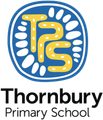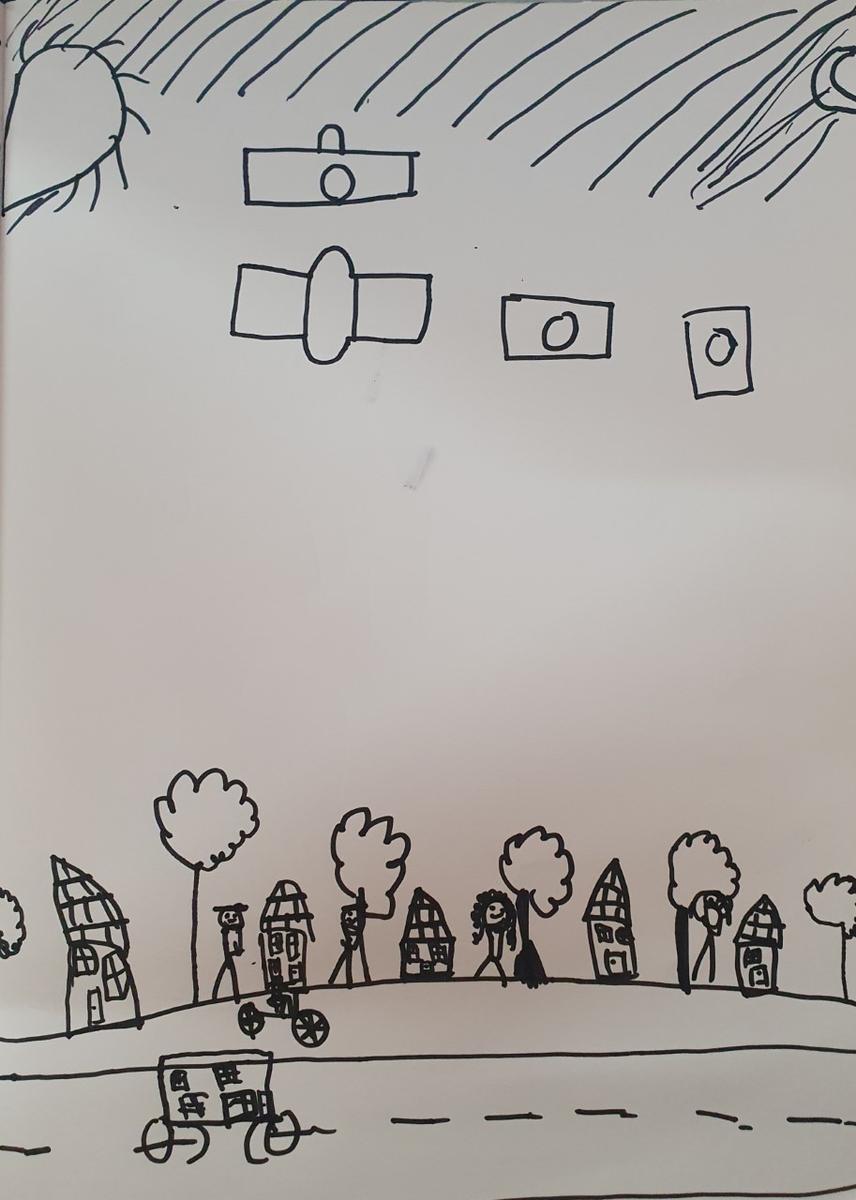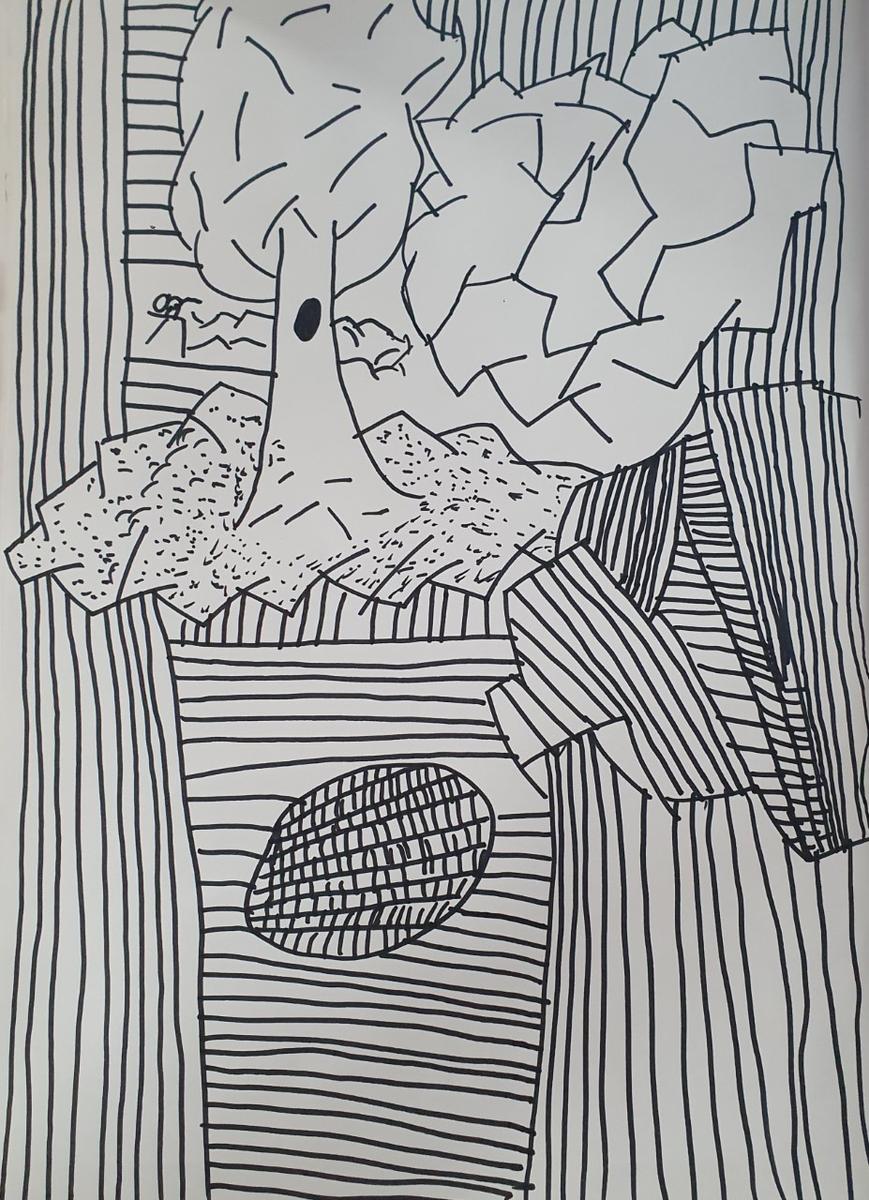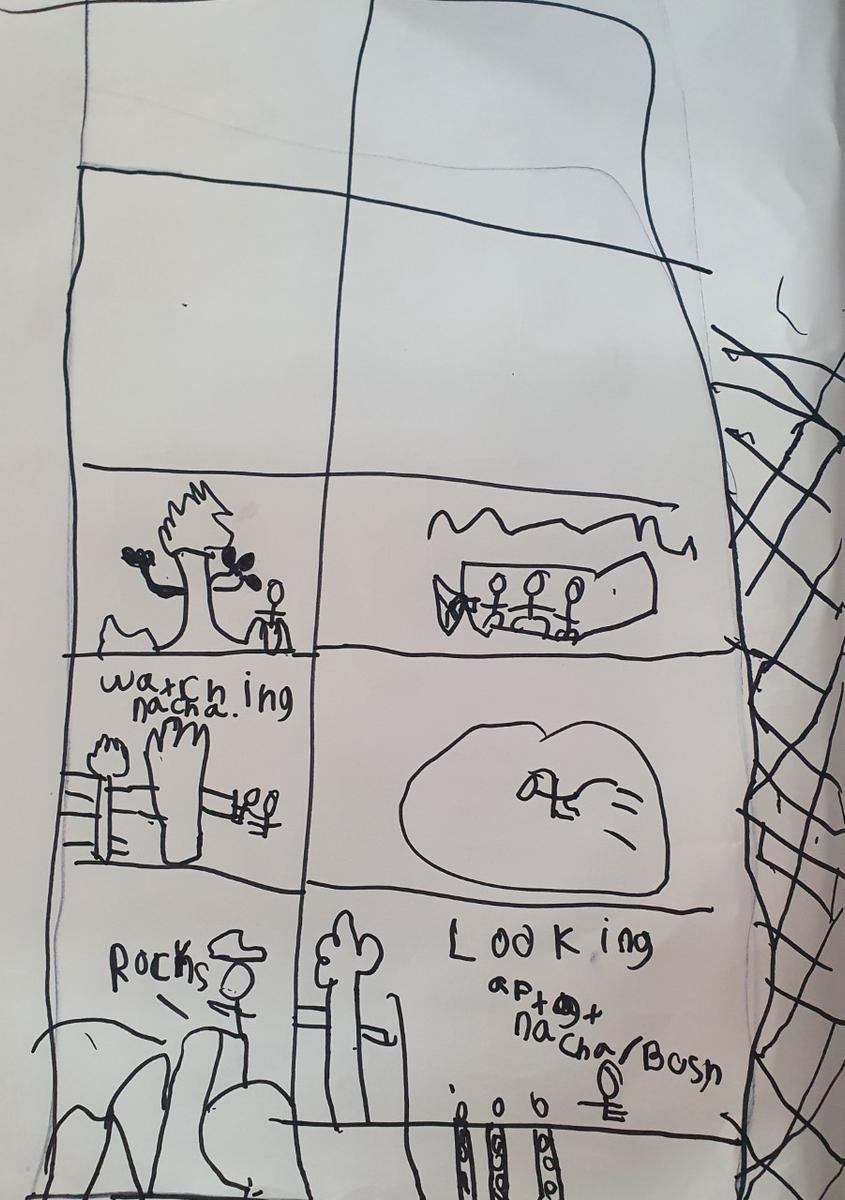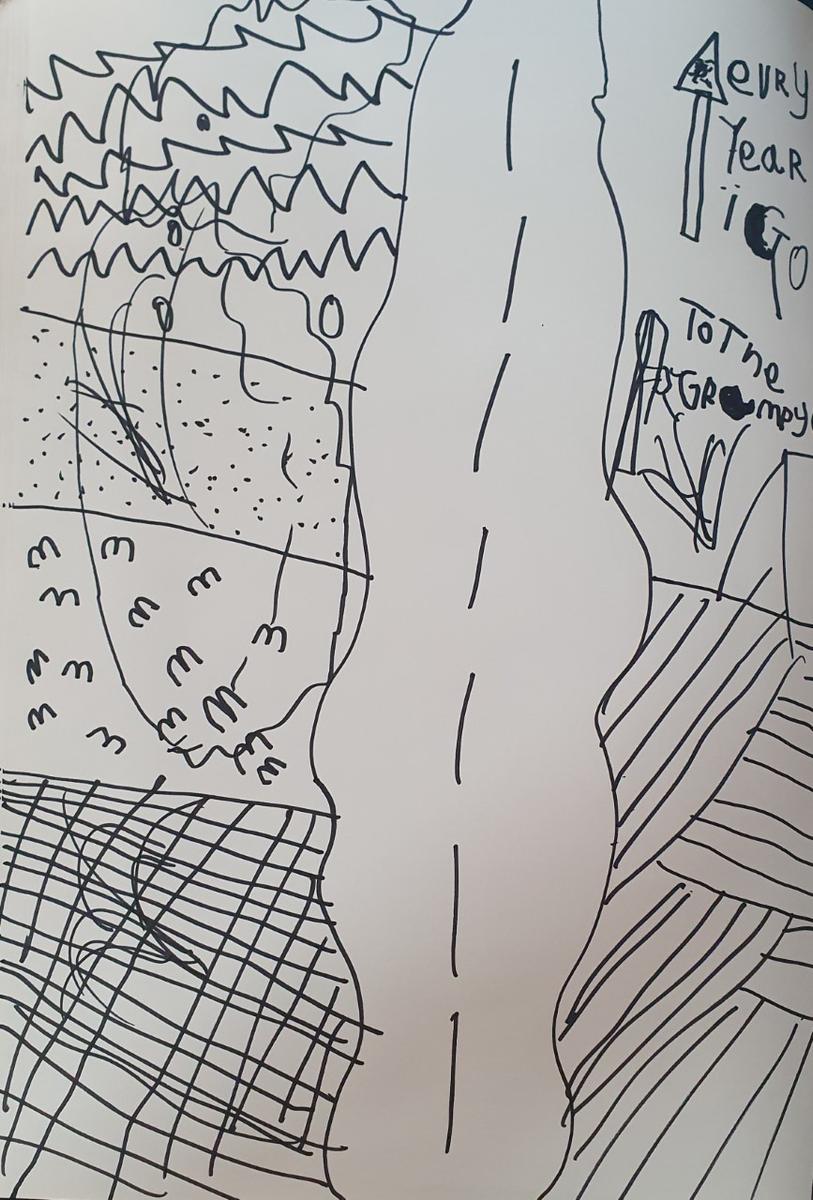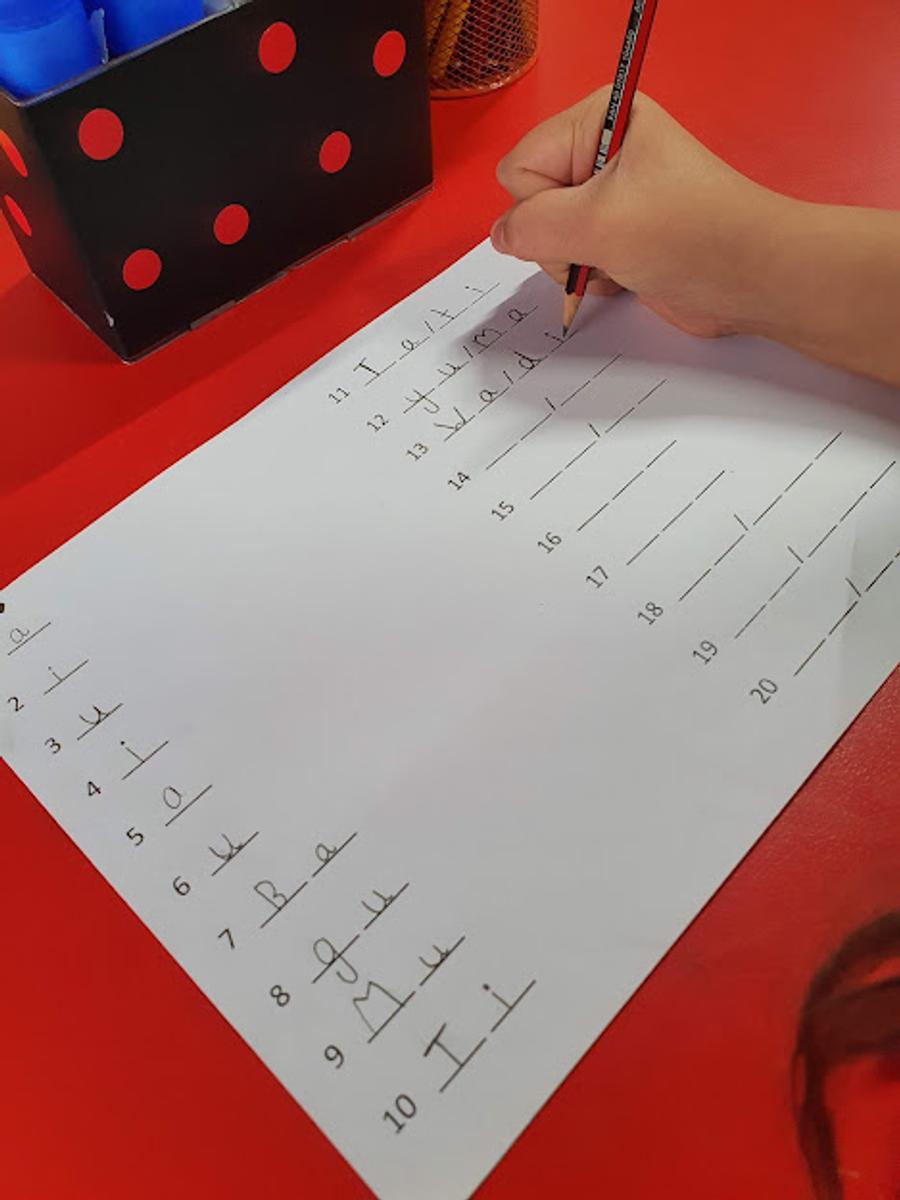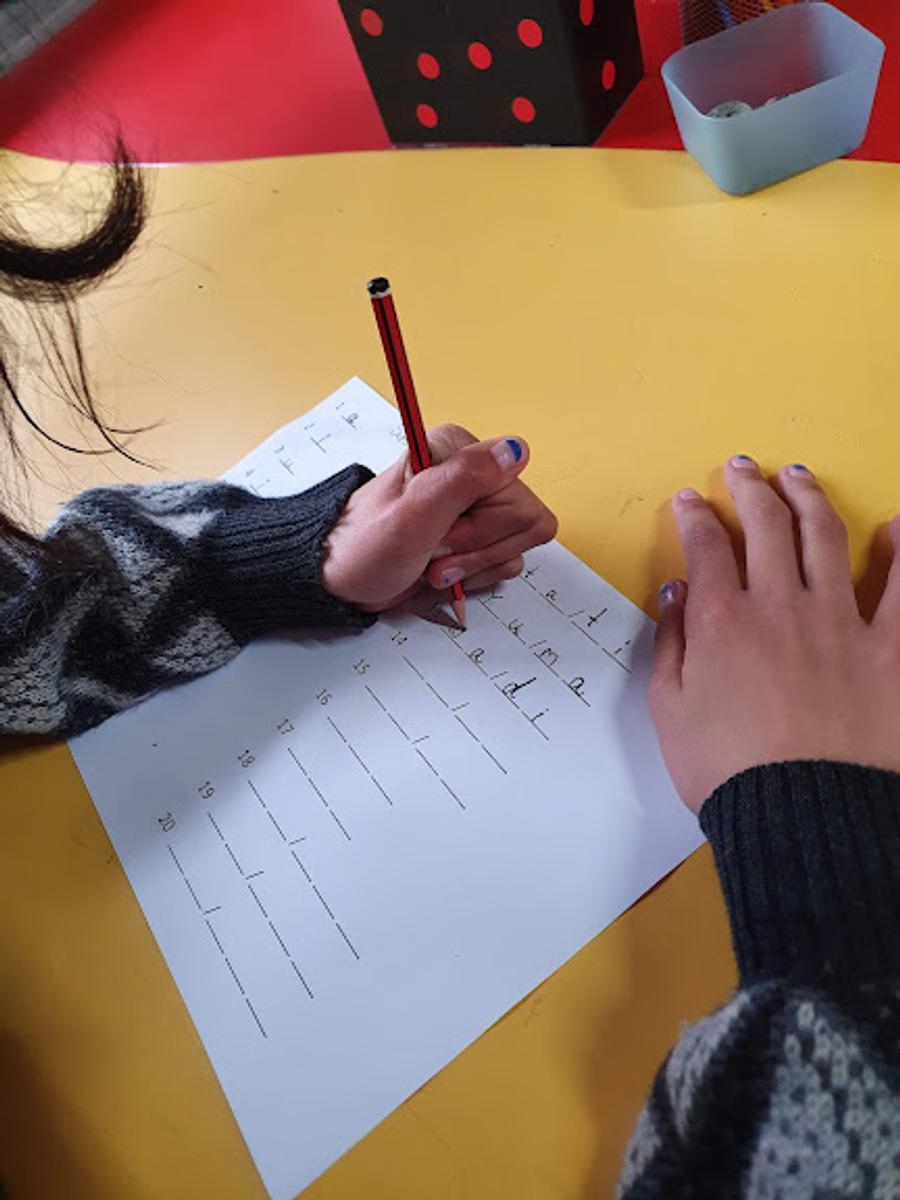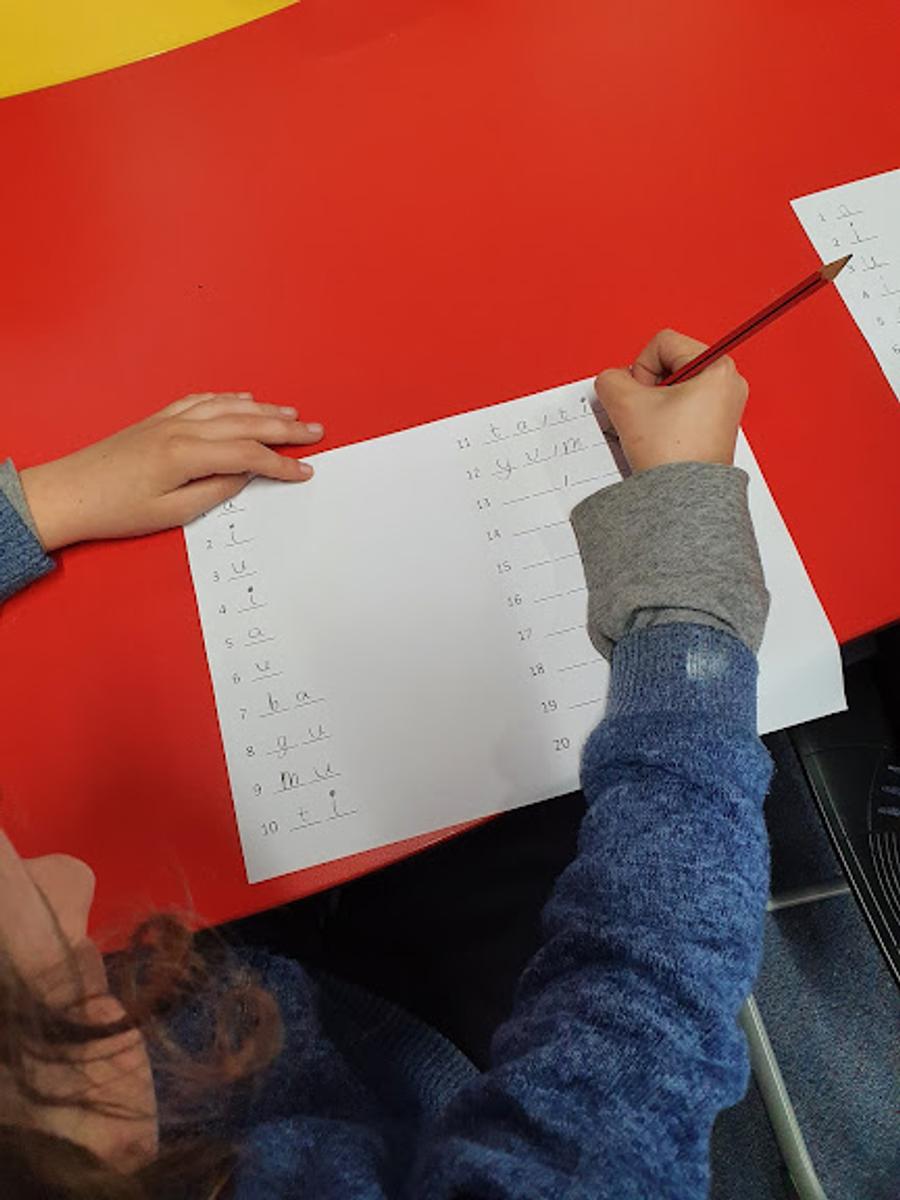Language & Culture Program
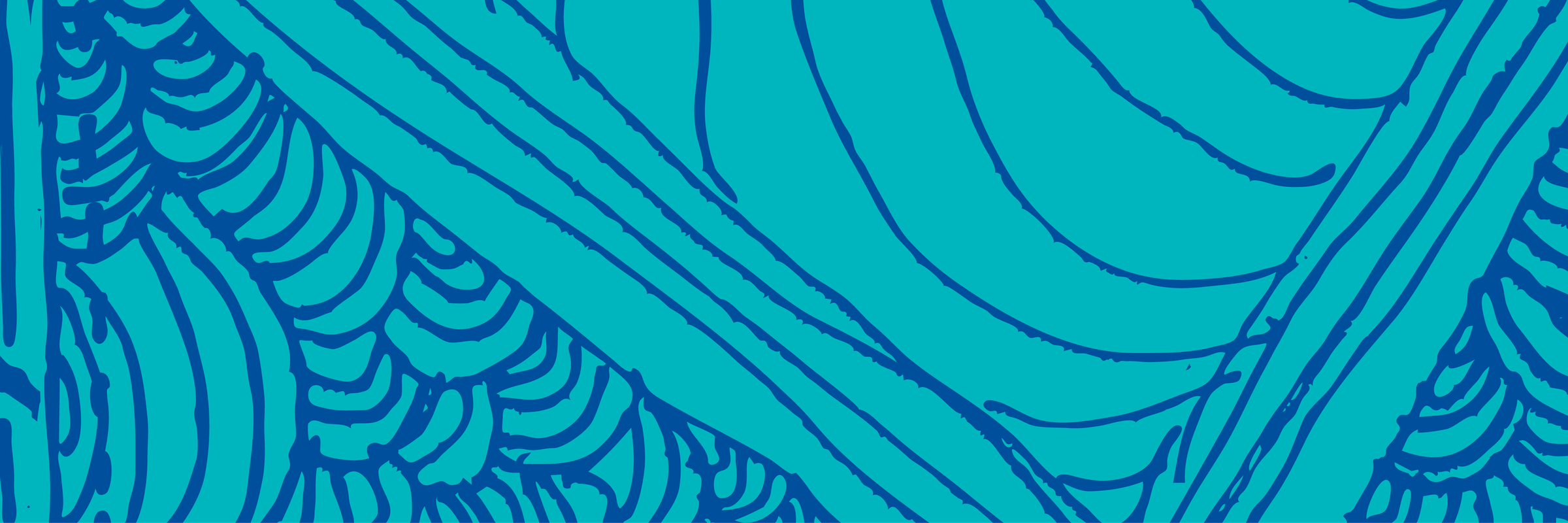
Kii, Deadly TPS community, biladu-njan wat/how are you all? And in the words of my Yawuru language...Ngaji gurrjin/Hello everyone!
Due to unforeseen circumstances (Covid) and my extended absence from school at the start of the term, classes only managed to cover the learning about the Wurundjeri Season Wundabil Tadool-Marguk - Thunderstorm and Rug-Sewing Season but not Birrang Tonimbuk - Morning Mist and Burning-Off Season.
We were all quite fascinated by what we learned about the walert-gurn/possum-skin cloaks, used daily by Wurundjeri and other First Peoples in Victoria, particularly the fact that walert/possum pelt was the first material object a person felt as an infant and would also be the last - traditionally people were buried in their cloaks.
We learned that these cloaks were etched with markings and symbols that depicted a person’s clan and mapped Country, as well as other important events or milestones in that person’s life, such as initiation rites of passage - in this way each person became deeply connected to their cloak, and it stayed with them for the length of their life.
As a personal task, students designed line drawings of a special life moment they might include on an imaginary ‘life cloak’.
Some examples:
Walert-gurn/possum-skin cloak making has undergone a revival in recent times and are being used by First Peoples in public ceremonies as well as at other personal events e.g. educational graduations, naming ceremonies, births, deaths and funerals.
I have included the same information about these two seasons from the last newsletter, particularly the links which you might like to watch together over the holidays.
- Wundabil Tadool-Marguk - Thunderstorm and Rug-Sewing Season. High west wind electrical storms normally occur in this early Autumn period from mid March to mid April.
Because of these electrical storms, Wurundjeri activities in traditional times were again centred around their wilam (homes). It was during this time that the pelts accumulated over the eel and inter-clan business season were converted to rugs, cloaks, carry bags and suchlike.
You can read about two possum skin cloaks that are currently in the care of Melbourne Museum:
https://museumsvictoria.com.au/article/the-timeless-and-living-art-of-possum-skin-cloaks/
- Birrang Tonimbuk - Morning Mist and Burning-Off Season, generally occurred mid April to mid May when the weather is normally cool and dry, with morning dew and gentle winds. This period was the common burning off time for Wurundjeri areas but also for many other areas across Australia, when the weather allowed for travel and annual firestick farming practices to take place. Some areas of land were also burnt off, outside the cool, dry season as circumstances required, but regardless of the timing, all burning off was patterned and never random.
With thousands of years of knowledge and experience, Aboriginal people became masters of cold fires and mosaic burning, and largely reduced the risks of disastrous bushfires, which have become a common occurrence since much of the firestick farming activity was quickly suppressed in colonial times.
Firestick farming still takes place in areas around Australia, and is being more closely considered in other areas, to help with land and bushfire management. View these videos to learn a little about firestick farming:
(Reference for the seasons: The Eight Wurundjeri Seasons in Melbourne, Jim Poulter, 2015)
Students in Years 1-6 spent time towards the end of this term, focusing on developing their knowledge of the different sounds in the Woiwurrung language, and depending on their grade level, the associated letter patterns used to write these sounds. Overall, students did well in their Woiwurrung reading and spelling tests.
Have a chat with your child/ren about what they are learning.
Twaganin (Woiwurrung) Galia (Yawuru) / See you later
